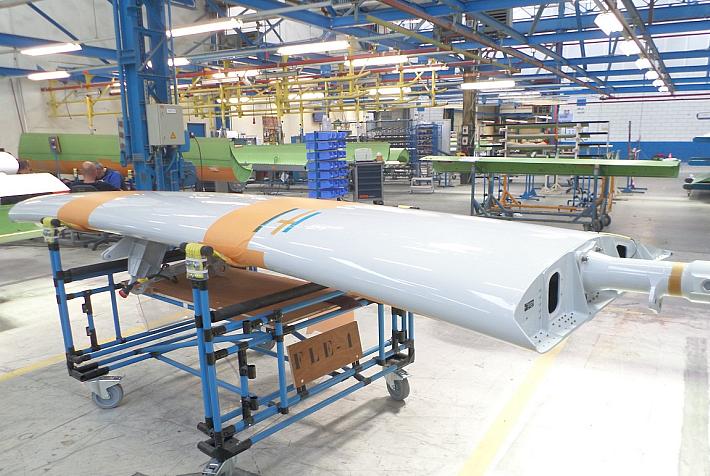Southern Romania, among Europe’s regions most affected by temperature increases

South-Eastern Romania is among Europe’s regions most affected by the increase in average temperatures since the turn of the century, according to an investigation by the European Data Journalism Network (EDJNet).
Alongside Nordic and Baltic regions and Andalusia, in southern Spain, South-Eastern Romania registered average temperatures in the 21st that were warmer by more than 1°C compared to the previous century.
The temperature in Bucharest between 2000 and 2017 was 1.4°C above the 20th century average. The number of hot days (above 29°C over a 24-hour average) went from 0.3 days per year in the 20th century to 2.8 per year in the years since 2000. At the same time, the number of freezing days (below −1°C over a 24-hour average) went from 40.9 days per year in the 20th century to 31.9 per year since 2000.
Bucharest ranks third among the 58 biggest cities in the EU that are warming fast. Málaga is the fastest warming, followed by Seville, the analysis found. “Big cities” were defined as cities with more than 500,000 people in the city proper.
The same 1.4°C temperature increase was recorded in Buzău, Craiova, Ploiești, Brăila, Galați, Călărași, and Iași. An increase of 1.3°C was recorded in Focșani, Bârlad, Botoșani, Târgoviște, Roman, Pitești, and Bacău.
Furthermore, in Râmnicu Vâlcea, Piatra Neamț, Târgu Jiu, Brașov, Tulcea, Suceava, Arad, Bistrița, Târgu Mureș, and Constanța the increase was of 1.2°C. At the same time, temperatures went up 1.1°C in Baia Mare, Sibiu, Drobeta-Turnu Severin, Alba Iulia, Cluj-Napoca, Timișoara, Oradea, and Satu Mare.
Across Europe, temperature increases of 1.4°C were recorded in Spain, in Guadalajara, Seville, Marbella, Ciudad Real, Cuenca, and Alcalá de Henares; in Kosovo, in Prizren; and in Denmark, in Odense.
In Kiruna, in northern Sweden, average yearly temperatures were 3°C higher in the 21st century (up to Dec. 31st, 2017) compared to the 20th century yearly average. In Granada, Cordoba and Málaga, in Spain’s Andalusia, the average yearly temperature in the 21st century was at least 1.5°C higher than in the 20th century. The European city that warmed least in the 21st century is Ponta Delgada in Portugal (+0.1°C).
The 1.5°C temperature increase is already at the threshold set in the Paris Agreement. There, 195 members of the United Nations Framework Convention on Climate Change agreed to “limit the temperature increase to 1.5 °C above pre-industrial levels.”
Even though of only a couple of degrees or less, temperature increases can have serious consequences. A hotter atmosphere can absorb more water before releasing it in the form of rain, making periods between rainy episodes longer and droughts more severe, experts quoted by EDJNet explained.
The EDJNet findings are the result of an analysis of over 100 million data points made available by the European Centre for Medium-Range Weather Forecasts (ECMWF), which computes so-called “re-analyses” of weather data, based on a variety of sources such as weather stations, weather balloons, buoys and satellite observations.
The analysis is available here.
(Photo: Pixabay.com)
editor@romania-insider.com















